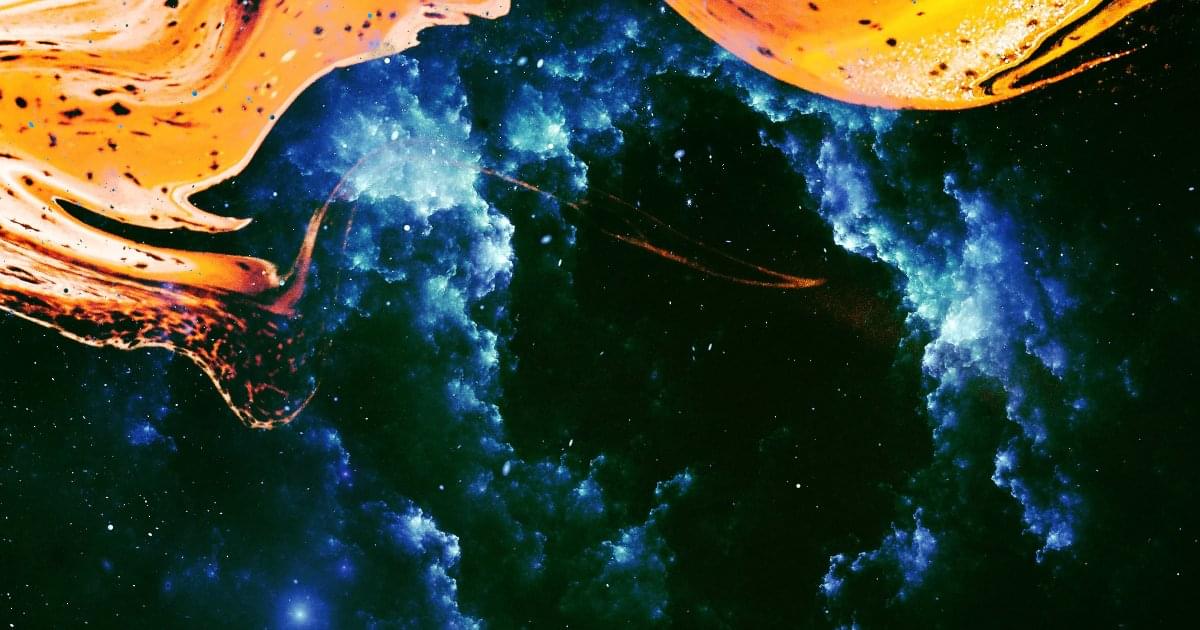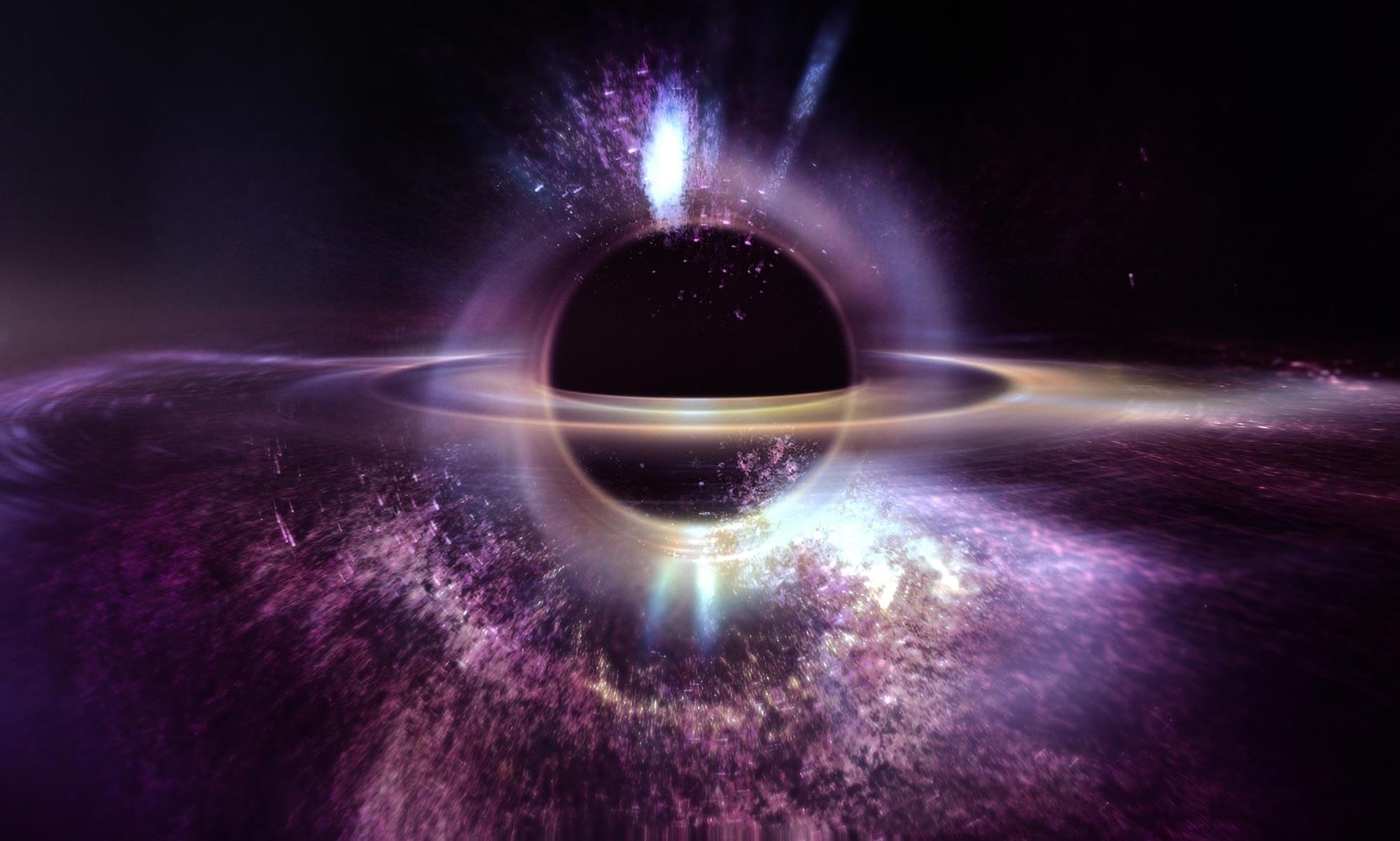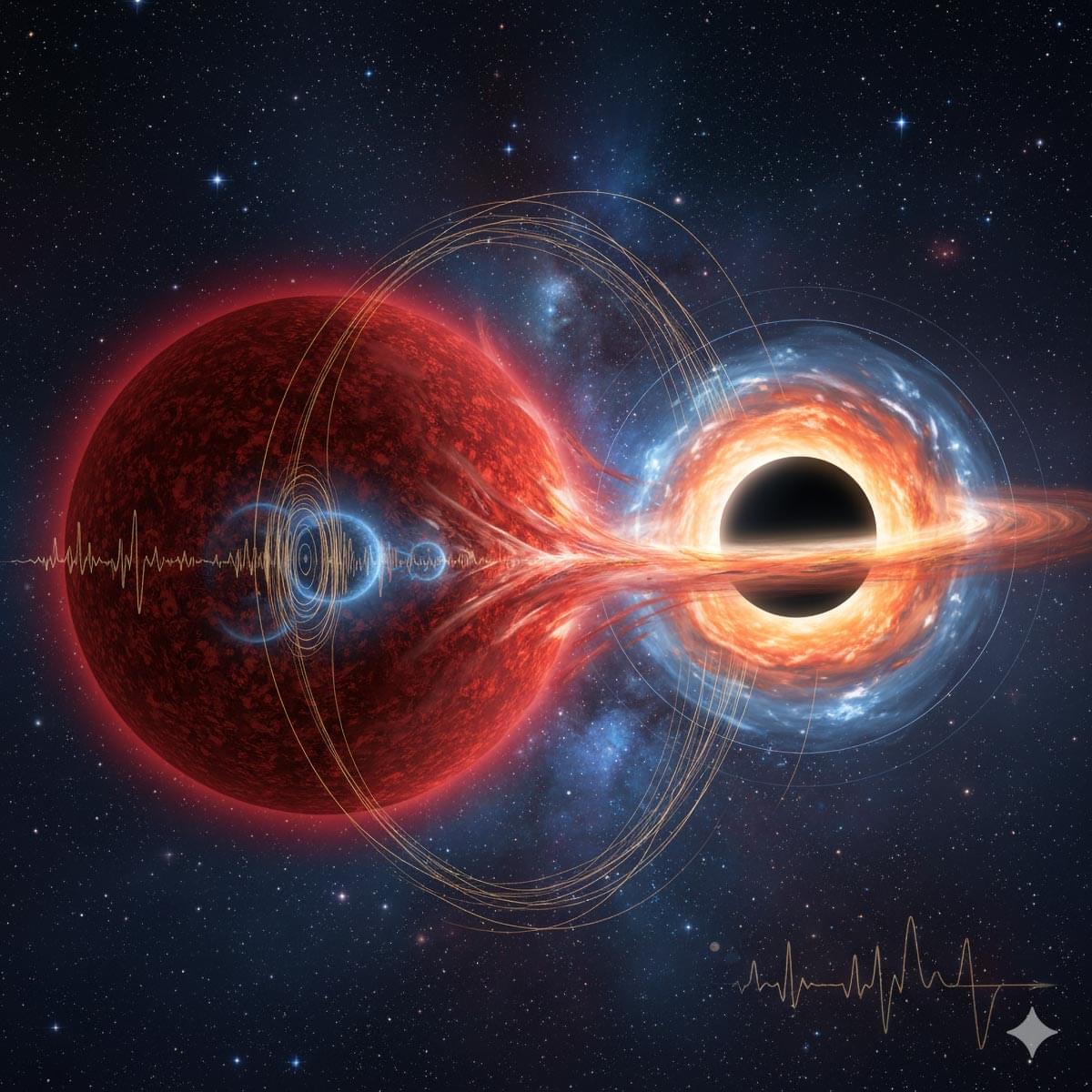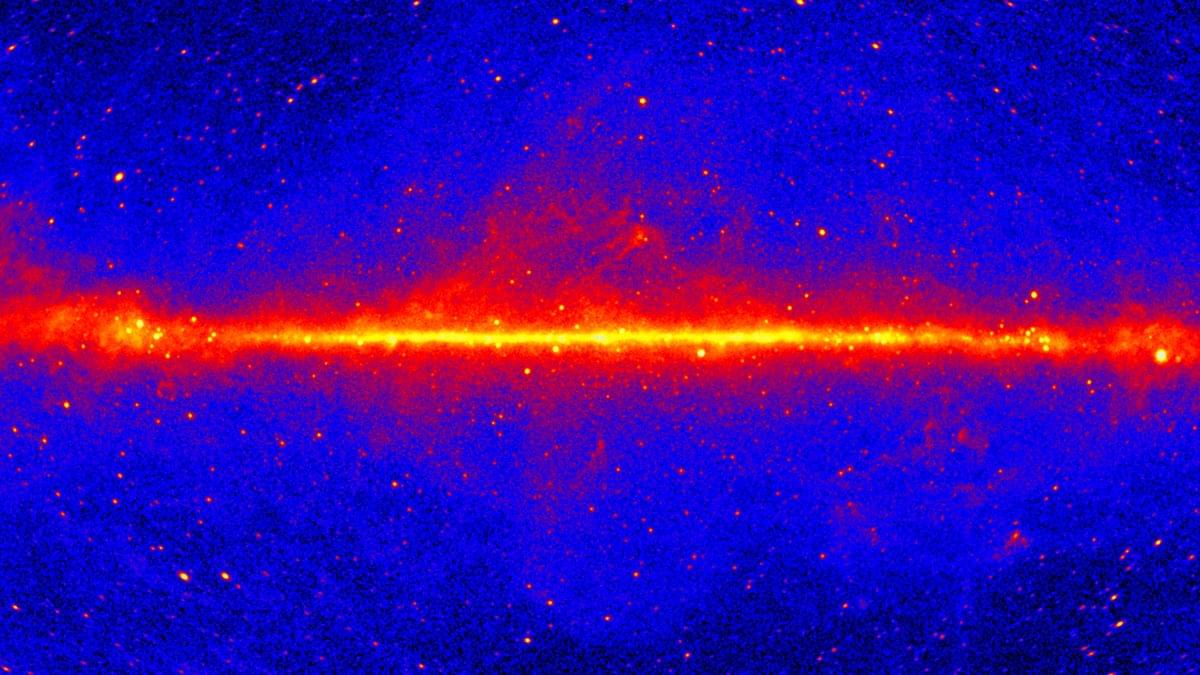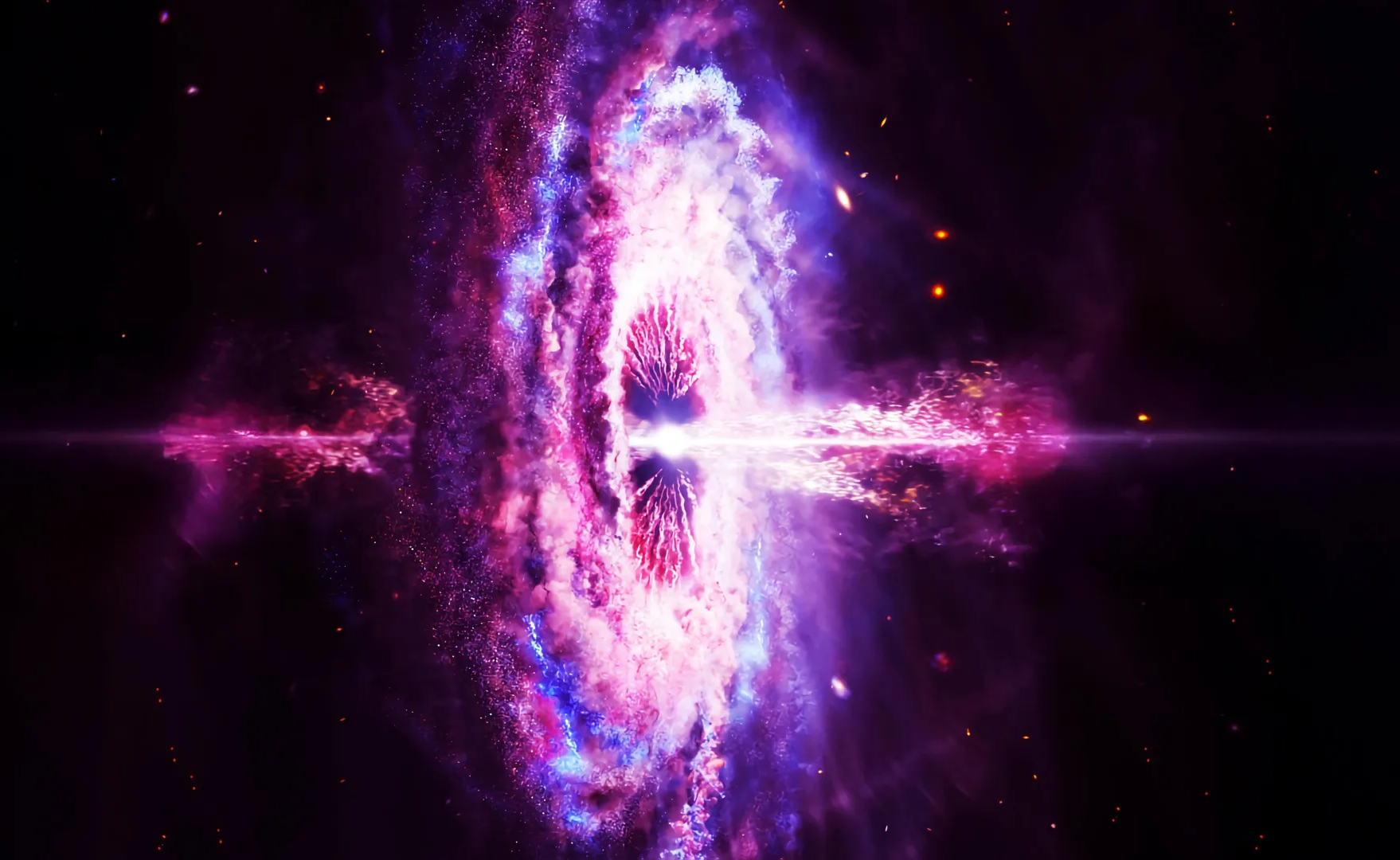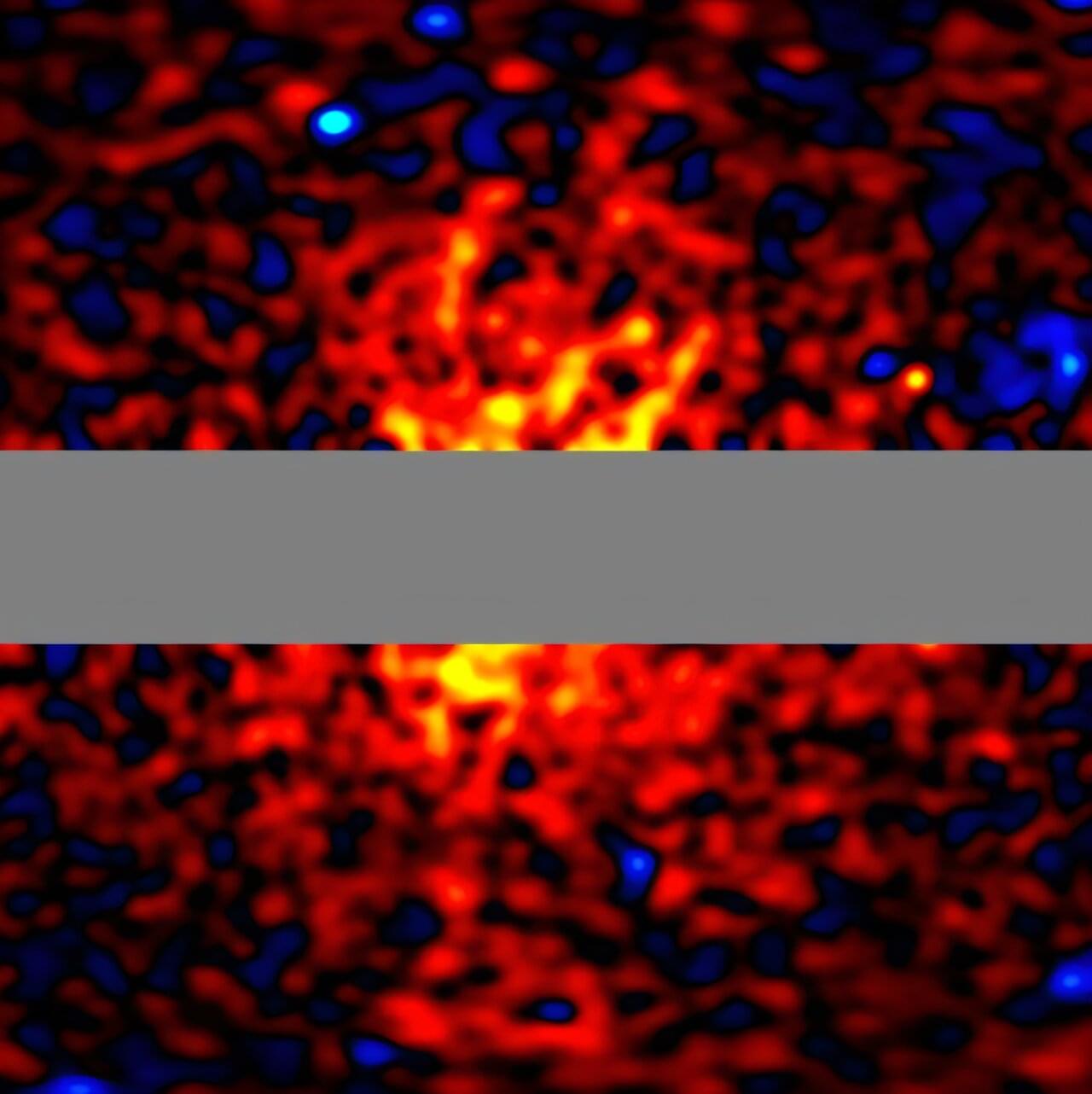A team of astronomers say they may have detected dark matter, the invisible substance thought to make up over 85 percent of all matter in the universe, for the first time in history.
The claim is controversial, and the findings, published in a new study in the Journal of Cosmology and Astroparticle Physics, will need to be borne out by further observations. But at least until it gets picked apart by other physicists, it’s one of the most exciting developments in the hunt for this omnipresent specter haunting the cosmos.
“This could be a crucial breakthrough in unraveling the nature of dark matter,” study author Tomonori Totani, an astronomer at the University of Tokyo, told The Guardian.
